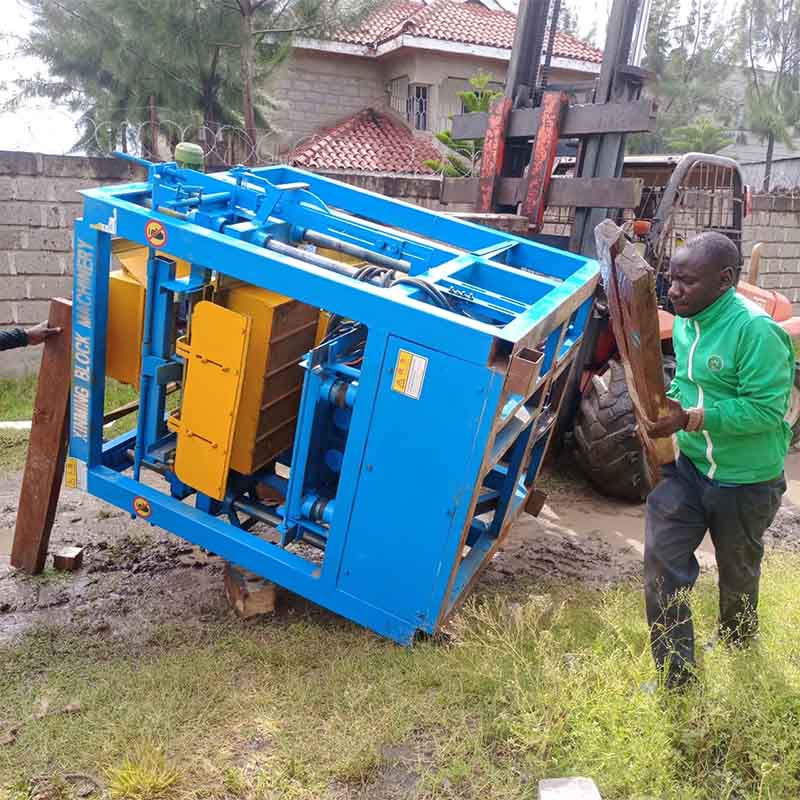
In the dynamic realm of construction, where time and efficiency are paramount, the evolution of brick making machinery stands out as a prime example of technological progress.
From the labor-intensive methods of the past to the cutting-edge automated systems of today, brick manufacturing has experienced a rapid transformation.
This essay delves into the swift evolution of brick making machinery, its impact on construction processes, the advantages it brings, and the implications for the industry’s future.
A Swift Evolution: From Manual Labor to Automation
The history of brick making dates back thousands of years, with early civilizations relying on manual labor to craft building blocks from clay.
However, as construction demands escalated, so did the need for more efficient and scalable methods.
The transition from hand-crafted bricks to mechanized processes began during the Industrial Revolution.
Steam-powered machines enabled increased production rates, reduced reliance on human labor, and paved the way for mass manufacturing of bricks.
In the modern era, automation has emerged as the driving force behind the rapid evolution of brick making machinery.
Robotic arms, computer simulations, and precision molding technologies have revolutionized the manufacturing process, resulting in increased output, enhanced quality, and streamlined construction processes.
The Mechanics of Modern Brick Making Machinery
At the core of modern brick manufacturing machinery lies a synergy of advanced technologies that work in harmony to optimize every stage of production.
Computer-aided design (CAD) software enables engineers to conceptualize intricate brick designs, optimizing them for strength, durability, and aesthetics.
Automated molding machines, equipped with robotic arms, transform these designs into uniform bricks with unparalleled precision.
This level of automation ensures consistency in size, shape, and quality, a feat that was once unattainable through manual methods.
Subsequent stages, such as brick stacking and kiln firing, are also seamlessly integrated into the automated process.
Stacking systems arrange freshly molded bricks in optimal configurations for efficient drying, while state-of-the-art kilns regulate temperature and airflow to achieve consistent firing results.
Programmable logic controllers (PLCs) monitor and manage these processes in real-time, ensuring adherence to quality standards and minimizing wastage.
Transforming Construction Processes
The impact of rapidly evolving brick making machinery on construction processes is profound.
One of the primary benefits is increased efficiency.
Automated systems reduce the time required for each stage of brick production, from molding to curing.
This translates to shorter project timelines, enabling construction teams to meet deadlines more reliably and respond swiftly to market demands.
Furthermore, the uniformity and precision of bricks produced by automated machinery streamline the construction process.
Uniform bricks fit together seamlessly, requiring less mortar and minimizing the potential for errors during installation.
This precision results in structures with enhanced structural integrity and aesthetic appeal, contributing to the overall quality of construction projects.
Advantages and Challenges
The advantages of rapidly evolving brick making machinery are extensive.
Efficiency gains lead to accelerated project timelines and reduced labor costs.
Precision manufacturing ensures consistent brick quality, contributing to safer and more durable structures.
Additionally, automation minimizes the impact of labor shortages and reduces the risk of human error.
However, challenges exist alongside these advantages.
The initial investment required for advanced machinery can be substantial, posing financial barriers for some manufacturers.
Training a skilled workforce to operate and maintain these machines is another consideration.
Furthermore, ensuring that automation aligns with sustainable practices and responsible sourcing of materials is crucial to mitigating the environmental impact of brick production.
Looking Ahead: A Future Shaped by Automation
As we look to the future, the trajectory of brick making machinery is poised for even greater innovation.
The integration of artificial intelligence (AI) and the Internet of Things (IoT) could enable predictive maintenance, where machines anticipate maintenance needs and minimize downtime.
Machine learning algorithms might optimize material formulations for both strength and sustainability, ensuring minimal waste and maximum resource efficiency.
Ultimately, the rapid evolution of brick making machinery highlights the power of technology to reshape industries and processes.
From humble origins to automated precision, brick manufacturing has demonstrated its adaptability and responsiveness to the changing demands of the construction sector.
As the industry continues to evolve, brick making machinery will remain a driving force, streamlining construction processes and shaping the way we build our world.
The evolution of brick making machinery underscores the relentless pursuit of efficiency, precision, and innovation within the construction sector.
From the manual methods of the past to the automated systems of today, brick manufacturing has undergone a swift and transformative journey.
The benefits of automation, including increased efficiency, enhanced quality, and streamlined construction processes, are redefining the way we approach building projects.
As construction practices continue to advance, the rapid evolution of brick making machinery serves as a testament to human ingenuity and our capacity to leverage technology to drive progress.
As we build the future, brick by brick, these innovations stand as a cornerstone, shaping not only the structures we create but also the very foundations of the construction industry itself.
